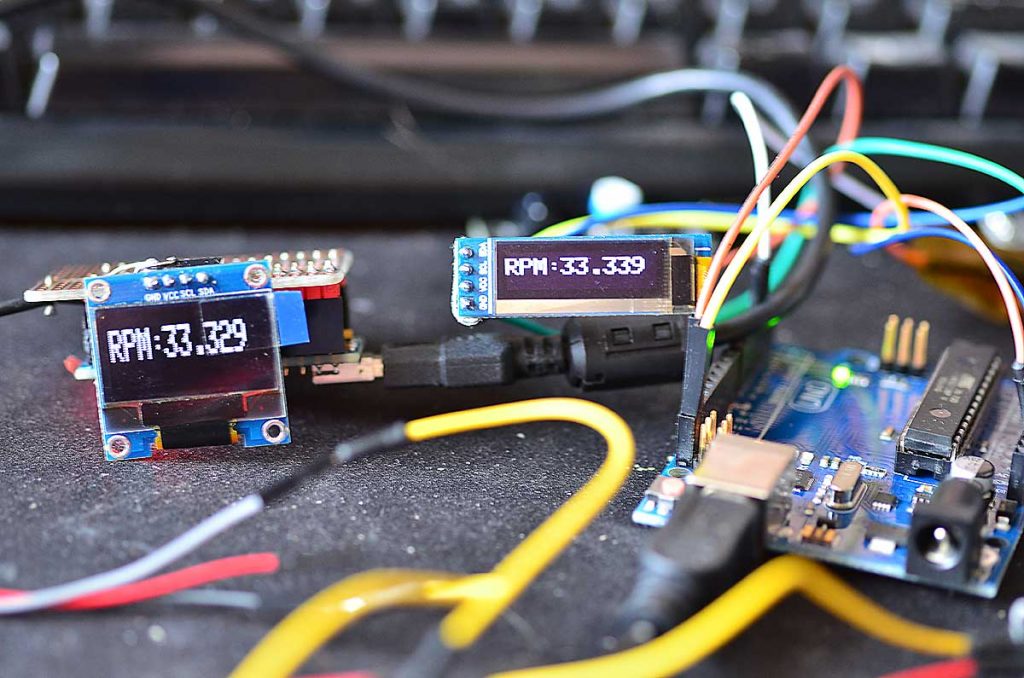
How to Wire Boat Tachometer: Essential Steps for Success
Share
If youre a tech enthusiast or a professional in the marine industry, you might be wondering how to wire boat tachometer correctly. A tachometer is an essential instrument that provides critical information about the engine's RPM (revolutions per minute), helping you monitor performance and optimize your boat's operation. In this article, we will delve into the components, process, and tips for wiring a boat tachometer effectively.

Understanding the Basics of Boat Tachometers
Before getting into the practical steps of wiring, it's important to understand what a tachometer is and how it functions. A tachometer can display engine speed and can be a mechanical or electronic device. Typically, you will find these instruments in boats, cars, and various machinery.
The tachometer works by receiving signals from the engine, which are then converted into usable data. For marine applications, the installation requires careful attention to prevent common wiring errors that can lead to inaccurate readings or faulty operations.
Components Required for Wiring a Boat Tachometer
To successfully wire a boat tachometer, you will need the following components:
- Tachometer
- Wiring Kit usually comes with the tachometer.
- Power Source typically your boat's battery.
- Switches if your tachometer requires them.
- Grounding Cables
- Wire Connectors for secure connections.
Steps on How to Wire a Boat Tachometer
Now that we have covered the basics and components required for wiring, lets go step-by-step on how to wire boat tachometer:
Step 1: Choose the Right Location
Select a location for your tachometer that is easily visible while you are operating the boat. Make sure it has sufficient space for installation and that the wiring path is not obstructed.
Step 2: Connect Power Supply
Connect the tachometer to the boat's battery. Using the provided wiring kit, connect the positive wire to the batterys positive terminal and the negative wire to the boats ground or battery negative terminal. Refer to your tachometers manual for specifics on which wire connects where.
Step 3: Connect the Signal Wire
The signal wire is crucial as it sends the RPM data from the engine. Locate the signal output wire from the engine, which is often found near the ignition coil or alternator. Connect this signal wire to the corresponding tachometer terminal.
Step 4: Ground the Tachometer
Its essential for the tachometer to have a good grounding connection to function properly. Use a grounding cable to connect the tachometer's ground terminal to a suitable ground point on the boat, ensuring it is secure and free from rust or corrosion.
Step 5: Test the Tachometer
After connecting all wires, it's time to test the tachometer. Turn on the boats ignition without starting the engine; the tachometer should light up. Next, start the engine and observe the tachometer for accurate readings. The RPM should increase as the engine revs up. If everything checks out, you have successfully wired your boat tachometer!
Troubleshooting Common Issues
Despite a successful installation, you might encounter some issues with your tachometer. Some common problems include:
- Inaccurate Readings: Check your wiring connections, especially the signal wire, for any faults or disconnections.
- Tachometer Not Lighting Up: Verify power connections to see if the positive and negative wires are connected correctly.
- Fluctuating Readings: Ensure your grounding is secure, as poor ground connections can lead to inconsistent readings.
Additional Resources for Further Learning
To enhance your knowledge about tachometers and their functionalities, check out these resources:

FAQ About Wiring a Boat Tachometer
1. Can I wire a tachometer without a manual?
While it is possible, it's best to refer to the manual specific to your tachometer as wiring configurations can vary significantly between models.
2. What tools do I need for wiring my tachometer?
Common tools include wire cutters, crimping tools, and a voltmeter for testing connections.
3. How do I know if my tachometer is functioning correctly?
A functioning tachometer will respond accurately to the engine's RPM when started. If it does not move or displays erratic readings, you may need to troubleshoot your wiring connections.
For a deeper look into the workings of tachometers, you can check the Wikipedia entry on Tachometers.
In conclusion, understanding how to wire boat tachometer is an essential skill for any marine tech professional. By following these steps and thoroughly testing your installation, you can ensure accurate monitoring of your boat's performance and enjoy a smoother sailing experience.
